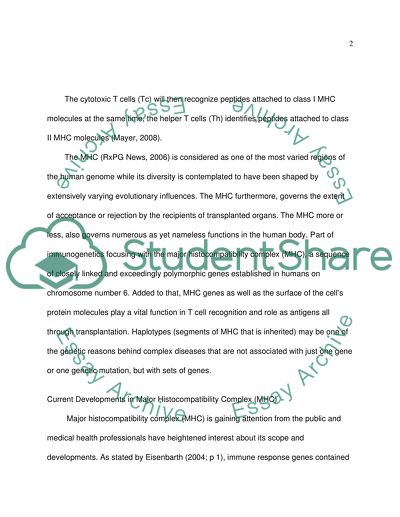Cite this document
(“Immunology Essay Example | Topics and Well Written Essays - 2000 words”, n.d.)
Immunology Essay Example | Topics and Well Written Essays - 2000 words. Retrieved from https://studentshare.org/health-sciences-medicine/1528580-immunology
Immunology Essay Example | Topics and Well Written Essays - 2000 words. Retrieved from https://studentshare.org/health-sciences-medicine/1528580-immunology
(Immunology Essay Example | Topics and Well Written Essays - 2000 Words)
Immunology Essay Example | Topics and Well Written Essays - 2000 Words. https://studentshare.org/health-sciences-medicine/1528580-immunology.
Immunology Essay Example | Topics and Well Written Essays - 2000 Words. https://studentshare.org/health-sciences-medicine/1528580-immunology.
“Immunology Essay Example | Topics and Well Written Essays - 2000 Words”, n.d. https://studentshare.org/health-sciences-medicine/1528580-immunology.


